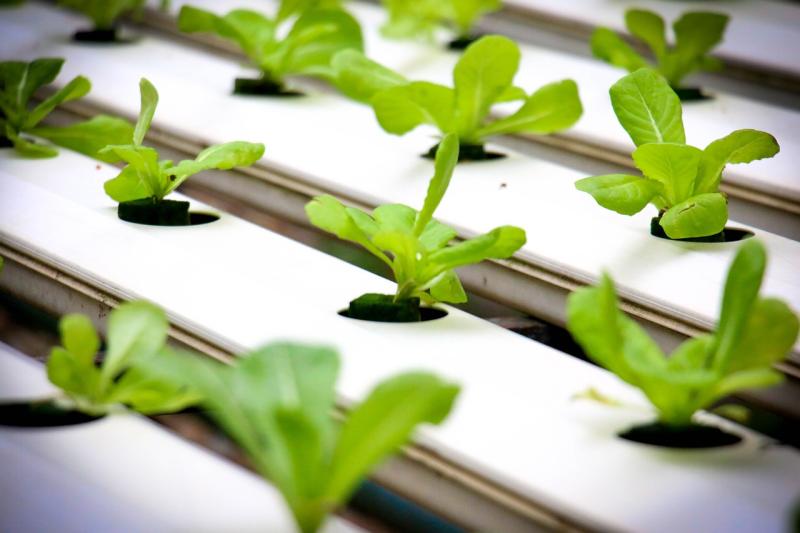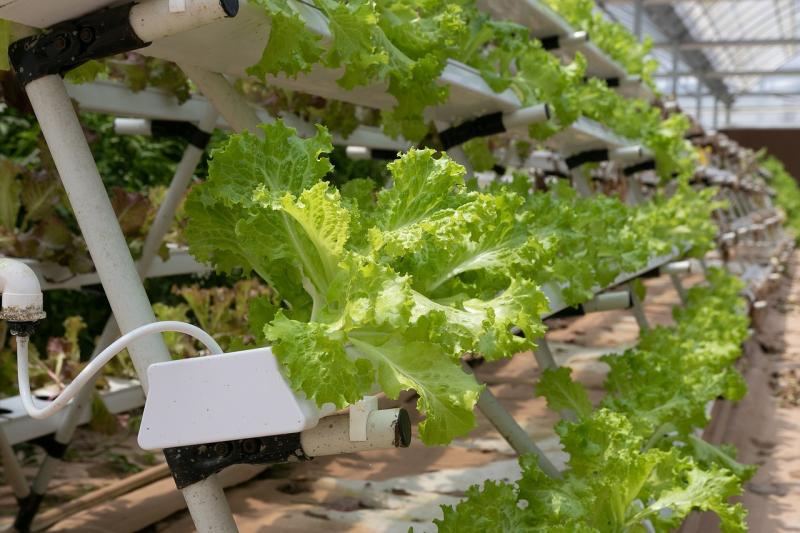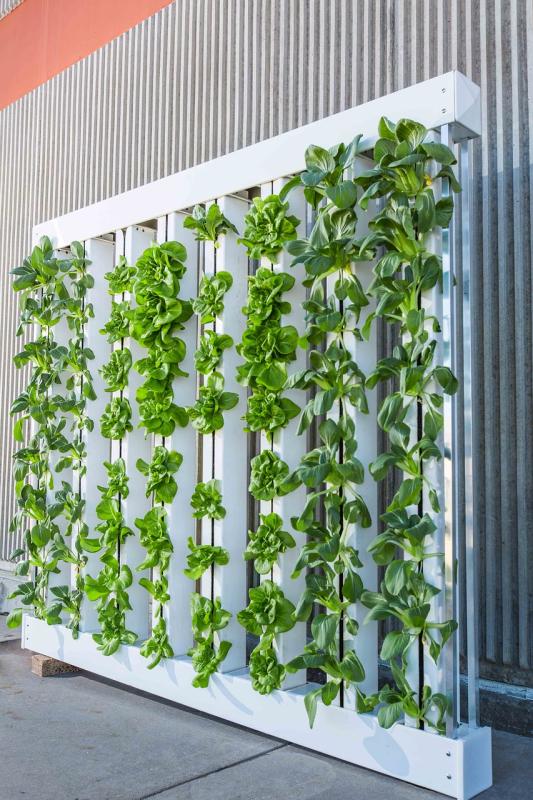If you're diving into hydroponic gardening, having the right tools can make all the difference. Let’s explore some essential tools that’ll help you grow thriving plants with ease.
1. Grow Lights: Good lighting is crucial for hydroponics. Look for full-spectrum LED grow lights that mimic natural sunlight. These lights can help your plants flourish indoors, providing them with the right energy for photosynthesis.
2. pH and Nutrient Meters: Keeping track of your nutrient levels and pH balance is key to plant health. A reliable pH meter will let you know if your nutrient solution is on point, while a nutrient meter helps you measure the concentration of essential nutrients in your water.
3. Water Pump: To keep your water circulating, a good water pump is essential. Look for one that’s durable and has adjustable flow settings. This ensures that your nutrient solution reaches all parts of your setup smoothly, keeping your roots happy and healthy.
4. Net Pots and Growing Medium: Choose net pots that fit well into your system, allowing roots to breathe while keeping the growing medium in place. Popular growing mediums include clay pellets, rock wool, and coconut coir—whichever fits your plants best!
Best Nutrients for Healthy Plant Growth
When it comes to hydroponic growing, using the right nutrients is key to helping your plants thrive. Unlike traditional soil gardening, plants in a hydroponic setup rely entirely on nutrient solutions for their growth. Here are some of the best nutrients you can use to ensure your plants get everything they need.
1. Nitrogen - This nutrient is essential for leafy growth. It helps plants produce chlorophyll, the stuff that makes leaves green. If you’re growing leafy greens like lettuce or spinach, make sure your nutrient mix has plenty of nitrogen.
2. Phosphorus - Phosphorus is all about encouraging strong root development and flower production. If you’re growing fruit-bearing plants, having a good amount of phosphorus in your mix will help you get a better yield.
3. Potassium - Potassium plays a crucial role in the overall health of your plants. It helps regulate water uptake and supports processes like photosynthesis. Look for nutrient solutions rich in potassium to keep your plants hydrated and hardy.
Besides these main nutrients, don’t forget about essential micronutrients like calcium, magnesium, and iron. They may be needed in smaller amounts, but they play vital roles in plant health. Always check the labels and choose a well-balanced nutrient solution that fits the specific needs of your plants for optimal growth.
Lighting Options for Optimal Plant Health
When it comes to hydroponic growing, lighting is key to keeping your plants healthy and thriving. Choosing the right lighting can seem overwhelming, but it doesn’t have to be! Let's break down the different options available to help you make the best choice for your indoor garden.
1. LED Grow Lights: These are super popular among hydroponic gardeners for good reason. They use less energy, last a long time, and emit very little heat. Plus, they provide the specific light spectrum your plants need for both growth and flowering. Just make sure to look for full-spectrum options, which simulate natural sunlight.
2. Fluorescent Lights: Compact fluorescents (CFLs) and T5 tubes are great for beginners. They’re easy to find and usually more affordable. While they may not be as powerful as LEDs, they’re excellent for seedlings and low-light plants. If you're on a budget, fluorescent lights can be a smart choice.
3. HID Lights: High-Intensity Discharge (HID) lights include Metal Halide (MH) and High-Pressure Sodium (HPS) options. They’re often used in larger setups and can produce a lot of light. However, they do run hotter, so you may need extra ventilation to keep things cool in your grow space. If you want strong yields and have the setup to support them, HID lights could work well for you.
4. Light Schedules: Beyond the type of lighting you choose, remember that plants thrive on specific light schedules. Most plants love around 12-18 hours of light during their growing phases. A timer can be a helpful gadget to automate this and ensure your plants get the right amount of light without you needing to worry!
Tips for Setting Up Your System
Getting your hydroponic system set up can feel a little overwhelming at first, but with the right tips, you’ll be on your way to lush plants in no time! Here are some straightforward steps to help you kick things off.
Remember, it’s okay to experiment a bit and see what works best for your situation. Every setup is unique, so don’t be afraid to adjust things along the way!



